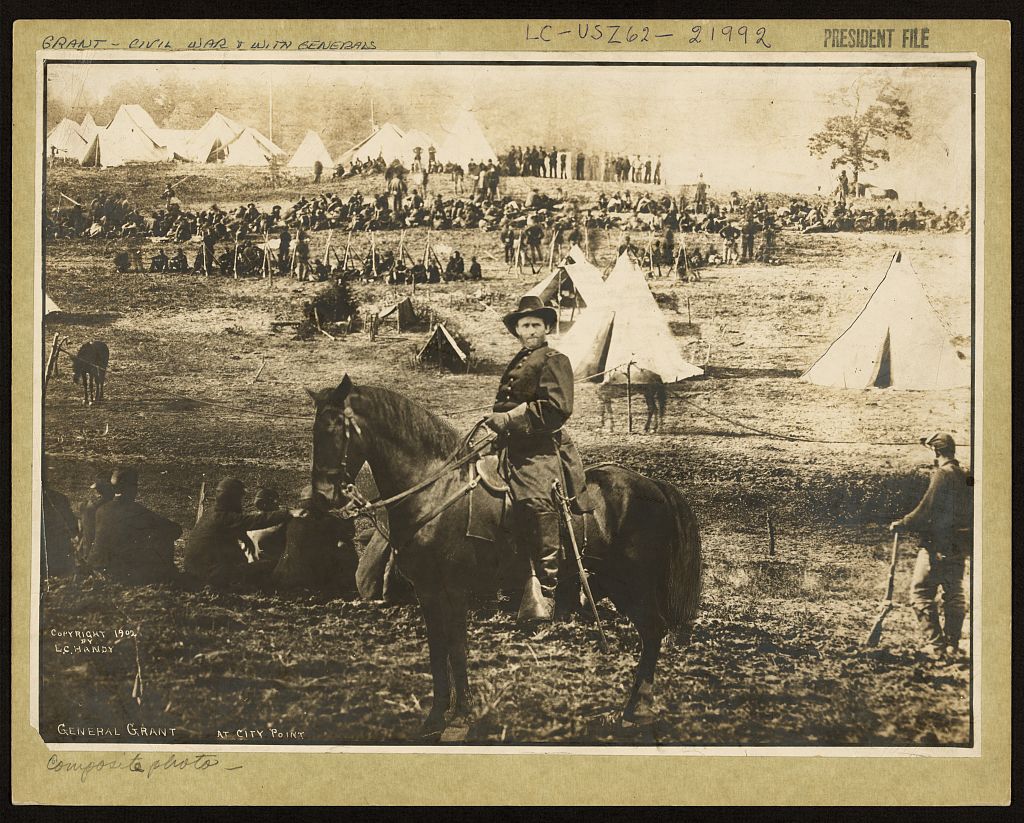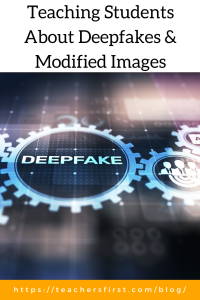
The modification of media has been happening for a very long time. The image above was published in 1902 as a depiction of General Grant at City Point. According to the Library of Congress, this is actually three photos combined in to one: the head is from an image of Grant at his Cold Harbor, Virginia headquarters; the horse and man’s body is from a photo of Major General Alexander McDowell McCook; and the background is from a picture of Confederate prisoners captured during the battle of Fisher’s Hill. (You can read about who created this image and why here.) Regardless of the reasoning behind the making of deepfakes and media manipulation, they are subjects that students need to be taught.
In this age of AI, teaching students to recognize deepfakes and media manipulation is vital. A deepfake is an image, video, voice, or sound that has been digitally manipulated by a computer to make it look like something or someone else. Deepfakes are, at their base, misinformation, so any process used to detect misinformation can also be used to detect deepfakes. For example, students can use the Rumor Guard 5 Factors from the News Literacy Project or “10 Tips to Spot Media Manipulation” from NewseumED. There are also specific techniques like those outlined in this lesson entitled “Uncovering Deepfakes” from AI for Education and those in this lesson plan from PBS.
There are many ready-to-use lesson plans to help you teach students about deepfakes and media manipulation, including general options like “Detecting Deepfakes — Don’t be Fooled by Disinformation” and more specific resources like “Are Deepfake Videos a Threat to Democracy?.” There are lessons for elementary, middle, and high school. Start off with an enlightening video like this one about spotting fake videos. If you would like to teach this topic from a different angle, check out “How can humans and AI work together to detect deepfakes?.” Test your students’ deepfake detection skills with a game or quiz, or take a look at resources that include quizzes, games, and lesson plans together that can be quick or more in-depth.
Students need to know about deepfakes and how to detect them, and this interesting topic will also engage your students. Remember to check out TeachersFirst’s AI resources and blog posts for more great classroom ideas!


